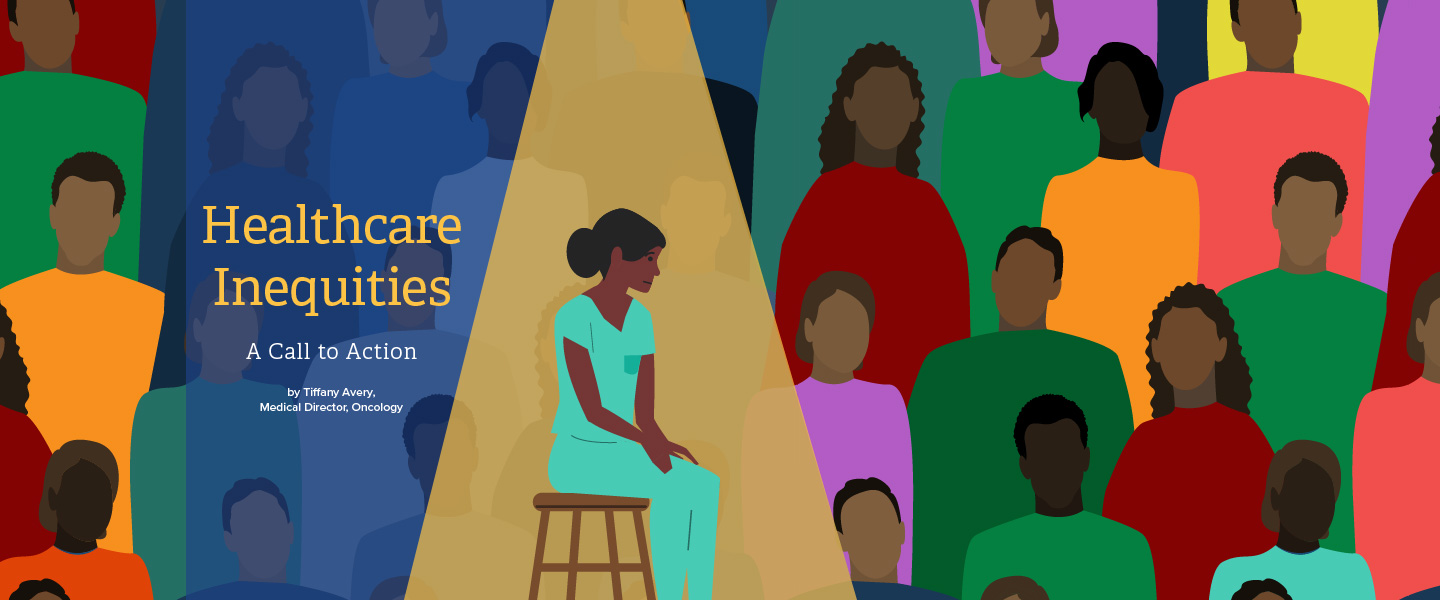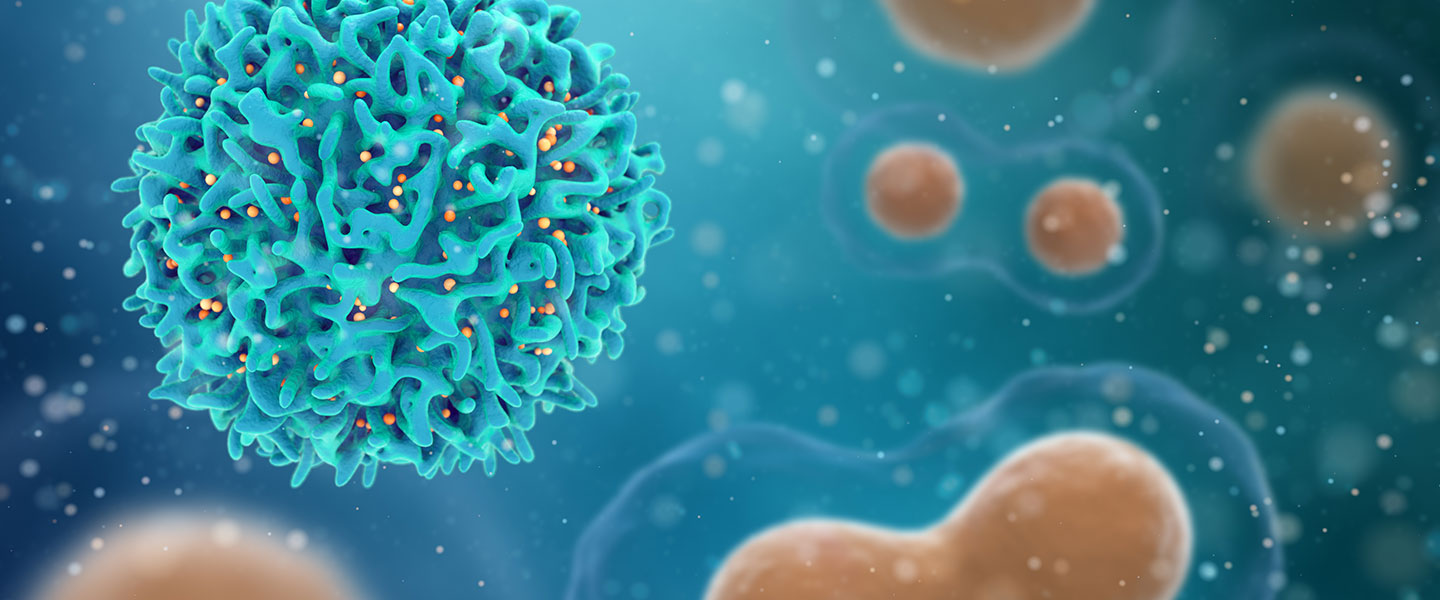Masks work. There is no debate. That said, this blog entry will try to explain why masks work and why we can end the pandemic if we all wear a mask in public.
The diagram illustrates the effect of a mask to reduce droplets from coming out of the nose and mouth after a cough or sneeze. The mask is a barrier, and it blocks the vast majority of virus particles from exiting the body and spreading to others. It’s simply common sense that a physical barrier will offer some protection. It’s not perfect, but it turns out that it’s probably enough as multiple studies have now clearly shown that mask-wearing does reduce infectiveness in the general population.
 Figure 1: One of the key factors affecting dispersion of particles is the velocity of the flow that contains the particles. The mask resists high velocity flow through the media and distributes the flow through a larger area. This diffusing effect results in a much lower velocity in the area near the patient’s face and does not allow jetting of flow over long distances. High Velocity Nasal Insufflation (HVNI) Therapy Application in Management of COVID-19. Leonard, S. BSME1, Volakis, L.I., MS PhD1, DeBellis, R., PharmD FCCP1, Kahlon, A., MD1, Mayar, S., MSc RRT1, Dungan II, G.C., MPhil (Medicine)1,2,3: 1. Department of Science & Innovation, Vapotherm, Inc. Exeter, NH USA 2. Education and Human Services, Canisius College, Buffalo, NY USA 3. CIRUS, Sydney, NSW Australia. https://vapotherm.com/blog/transmission-assessment-report/
Figure 1: One of the key factors affecting dispersion of particles is the velocity of the flow that contains the particles. The mask resists high velocity flow through the media and distributes the flow through a larger area. This diffusing effect results in a much lower velocity in the area near the patient’s face and does not allow jetting of flow over long distances. High Velocity Nasal Insufflation (HVNI) Therapy Application in Management of COVID-19. Leonard, S. BSME1, Volakis, L.I., MS PhD1, DeBellis, R., PharmD FCCP1, Kahlon, A., MD1, Mayar, S., MSc RRT1, Dungan II, G.C., MPhil (Medicine)1,2,3: 1. Department of Science & Innovation, Vapotherm, Inc. Exeter, NH USA 2. Education and Human Services, Canisius College, Buffalo, NY USA 3. CIRUS, Sydney, NSW Australia. https://vapotherm.com/blog/transmission-assessment-report/
Evidence for masks comes from an experiment using high-speed video which found that hundreds of droplets ranging from 20 to 500 micrometers were generated when saying a simple phrase, but that nearly all these droplets were blocked when the mouth was covered by a damp washcloth.
 N Engl J Med 2020; 382:2061-2063. DOI: 10.1056/NEJMc2007800 May 21, 2020
N Engl J Med 2020; 382:2061-2063. DOI: 10.1056/NEJMc2007800 May 21, 2020
Another study looked at the effects of state government mandates in the U.S. for face mask use in public issued by 15 states plus Washington DC between April 8 and May 15, and concluded that face mask use in public is associated with a decline in the daily COVID-19 growth rate by 0.9, 1.1, 1.4, 1.7, and 2.0 percentage-points in 1–5, 6–10, 11–15, 16–20, and 21+ days after mandate, respectively. Estimates suggest as many as 230,000–450,000 COVID-19 cases were possibly averted by May 22, 2020, by these mandates.(1)
Finally, a meta-analysis of 21 studies showed that masks had a protective effect against influenza viruses (OR = 0.55), SARS (OR = 0.26), and SARS-CoV-2 (OR = 0.04). In the subgroups, based on different study designs, protective effects of wearing a mask were significant in cluster randomized trials, and observational studies.(2)
So, if you know someone who questions the value of a mask and whether masks work, please share this image and blog, and convince them to do the right thing. We are all in this together.
- Health Affairs https://doi.org/10.1377/hlthaff.2020.00818
- Liang M, Gao L, Cheng C, et al. Efficacy of face mask in preventing respiratory virus transmission: A systematic review and meta-analysis [published online ahead of print, 2020 May 28]. Travel Med Infect Dis. 2020;101751. doi:10.1016/j.tmaid.2020.101751







